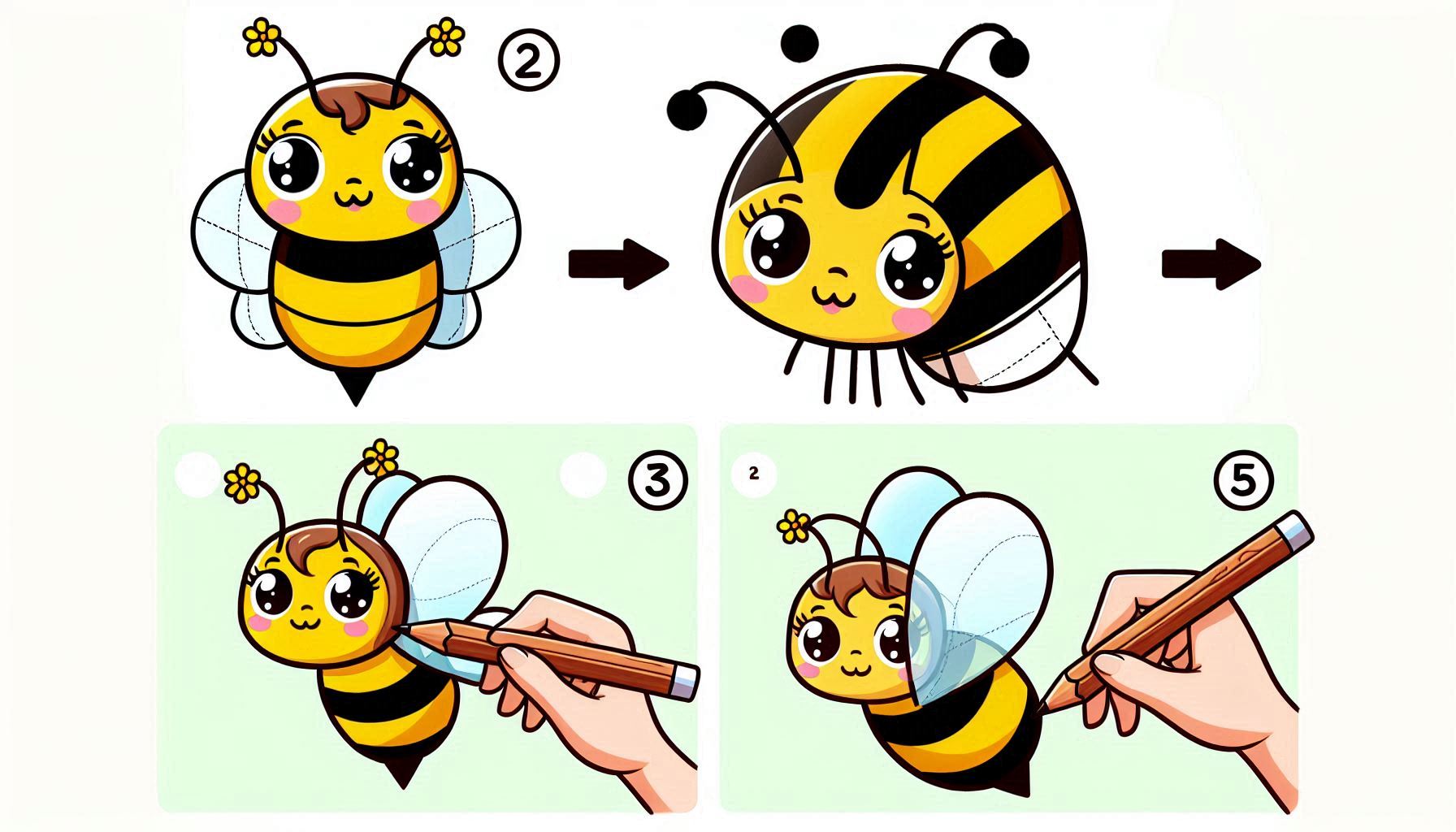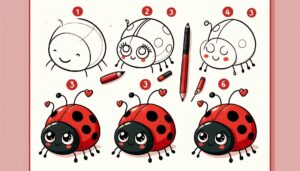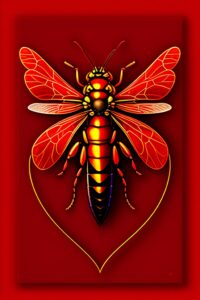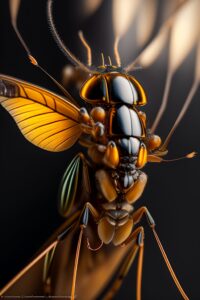Creating a bee illustration is a delightful way to capture the charm of these important pollinators. Bees are not only fascinating but also fun to draw with their distinctive striped bodies, wings, and antennae. In this guide, we’ll take you through the process of drawing a bee, paying close attention to its distinct characteristics and incorporating imaginative elements. Let’s embark on an exciting artistic journey!
The Intriguing World of Bee Anatomy
Bees are recognized for their eye-catching yellow and black stripes, delicate wings, and soft bodies. Understanding these features can help you create a drawing that is both precise and captivating. By exploring the various aspects of a bee, one can truly admire the intricate and captivating nature of these industrious creatures.
The Joy of Capturing Distinctive Characteristics
When it comes to drawing a bee, it’s all about capturing its distinct characteristics. From the striped abdomen to the delicate transparency of its wings, these details are what make a bee truly stand out. This can be an enjoyable task that improves your artistic abilities and focus. The more accurately you portray these characteristics, the more lifelike and delightful your bee illustration will be.
Discovering the Fascinating World of Bees Through Art
There are different species of bees, each with their own distinct markings and colors. Exploring the world of bees through drawing can be a fascinating way to discover their incredible diversity and the beautiful patterns and colors they possess. This theme highlights the educational aspect of art and the opportunity to explore new aspects of nature.
Steps: How to Draw a Bee
First, let’s start by drawing the body segments.
Begin by sketching the fundamental form of the bee’s body. Start by creating an elongated oval shape for the thorax. Add a slightly bigger, curved form to the thorax to create the abdomen. Create a small, rounded shape at the front of the thorax for the head. The body of the bee is divided into three segments: head, thorax, and abdomen. Gently sketch lines to mark these divisions.
Step 2: Now, let’s move on to the next part – adding the head and antennae.
Draw two large, round eyes and a small, curved line for the mouth on the head. Extend two long, curved lines from the top of the head to depict the antennae. The antennae should have a slight segmentation and a gentle curve. Create a small, rounded shape at the front of the thorax for the bee’s face.
Step 3: Now let’s move on to drawing the wings.
Did you know that bees actually have two pairs of wings? Create two sets of elongated, gently curved forms that stretch out from the center of the thorax. The forewings typically have a larger size and elongated shape, while the hind wings tend to be smaller and more translucent in appearance. Include delicate lines within the wings to depict the intricate veins and texture.
Step 4: Time to add the legs!
Bees typically have six legs that are segmented and connected to the thorax. Sketch three sets of legs protruding from the sides of the thorax. The front legs have a shorter length and can be depicted with a few segments, while the middle and hind legs are longer and stronger in comparison. Attach small, tapered tips to the legs to finish the drawing.
Step 5: Define and Polish the Form
Opt for a darker writing utensil to carefully trace and enhance the form of the bee. Refine the contours of the body, wings, and legs. Ensure that the wings have clear veins and the legs have noticeable segments. Remove any unnecessary guidelines or overlapping lines to tidy up your drawing.
Step 6: Enhance the Visual Appeal
To enhance the texture and realism of your bee drawing, consider incorporating delicate lines and shading. Use gentle strokes to capture the intricate details of the wings and the softness of the body. Enhance the artwork by incorporating shading to bring out the intricate details of the bee’s stripes. Take note of the areas with varying levels of light and shadow to add depth to your drawing.
Step 7: Add some color to your bee
Now it’s time to add some vibrant hues to your adorable little bee! Bees usually have a yellow and black color pattern, featuring noticeable horizontal stripes. Consider using shades of yellow and black to color the body, incorporating stripes to replicate the bee’s natural appearance. When creating the wings, opt for light, transparent colors to achieve a delicate appearance. Enhance the depth and dimension of your drawing by adding highlights and shadows.

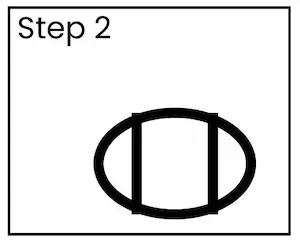
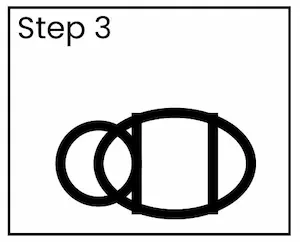

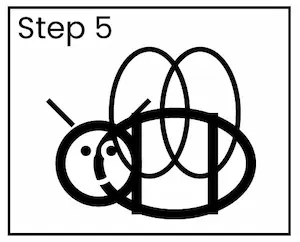
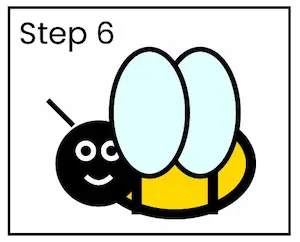
Theme 1: Exploring the Intricacies of Bee Anatomy
Exploring the anatomy of a bee through drawing allows for a fascinating examination of its segmented body, wings, and antennae. Understanding these features enables you to craft a comprehensive and authentic portrayal. Understanding the intricacies of bee anatomy can greatly improve your artistic abilities and deepen your understanding of these captivating creatures.
Theme 2: Embracing the Joy of Capturing Distinctive Characteristics
The distinctive characteristics of a bee, like its striped abdomen and delicate wings, provide an enjoyable challenge for artists. Mastering these details requires precision and a keen eye for observation, making it an excellent exercise for enhancing your drawing abilities. Take pleasure in capturing these unique characteristics in your artwork.
Theme 3: Discovering the Fascinating World of Bees Through Art
Exploring the diverse and unique characteristics of different species of bees can be a fascinating subject to draw. Exploring various patterns and colors can add visual appeal and educational value to your artwork. This theme emphasizes the excitement of exploring different elements of nature through artistic expression.
In conclusion
Creating a bee drawing can be a fulfilling and enlightening activity that lets you delve into the fascinating world of these remarkable creatures. By following the steps in this guide and paying attention to their anatomy, unique features, and colors, you can create a detailed and captivating bee drawing. Embrace the joy of creating and let your imagination soar as you bring this captivating creature to existence on paper!
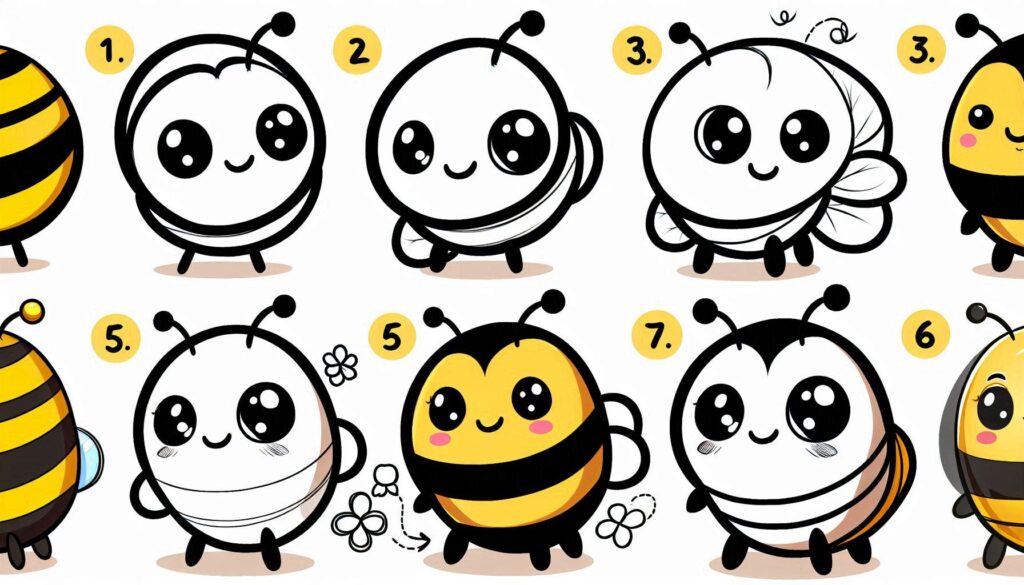
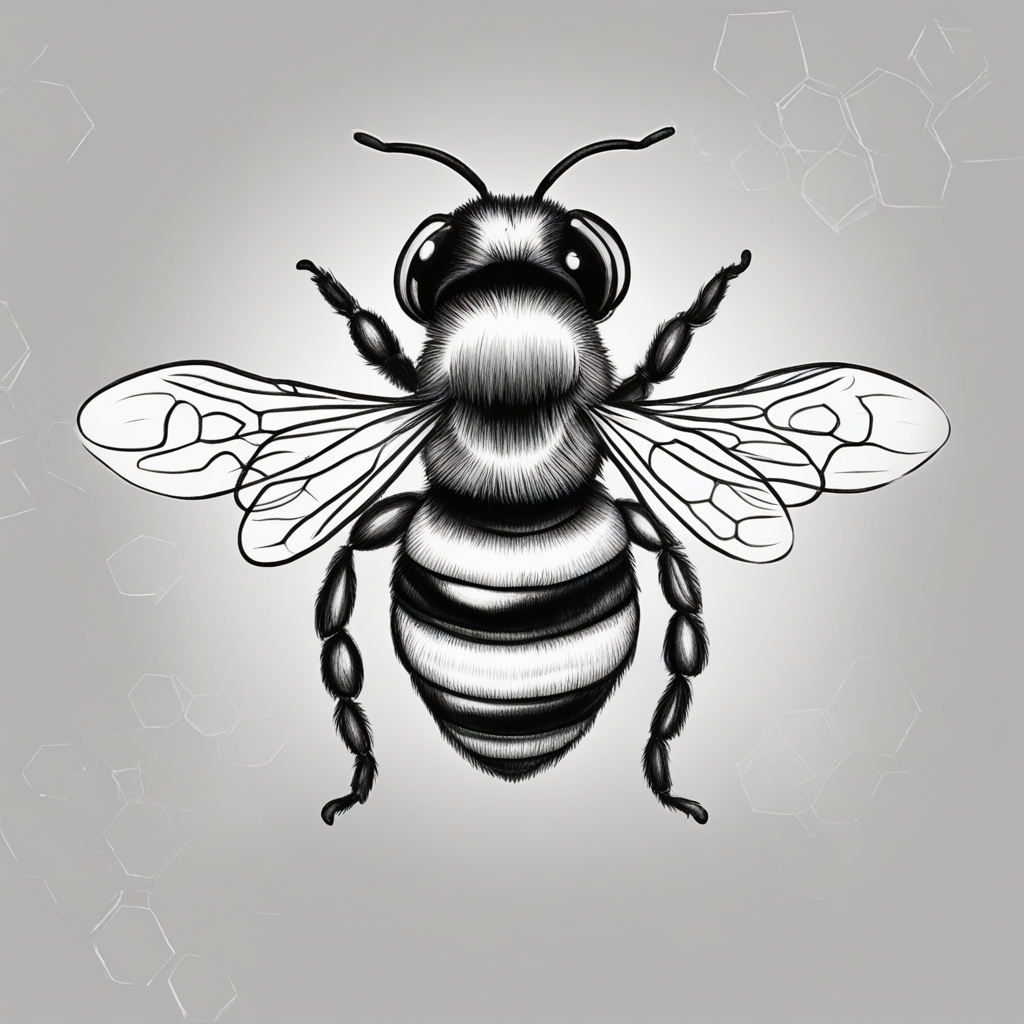
For a super fun and simple guide on how to draw an ant, you can find step-by-step instructions here! This fun tutorial provides easy steps, allowing young creators to dive into their imagination while discovering these amazing insects!

